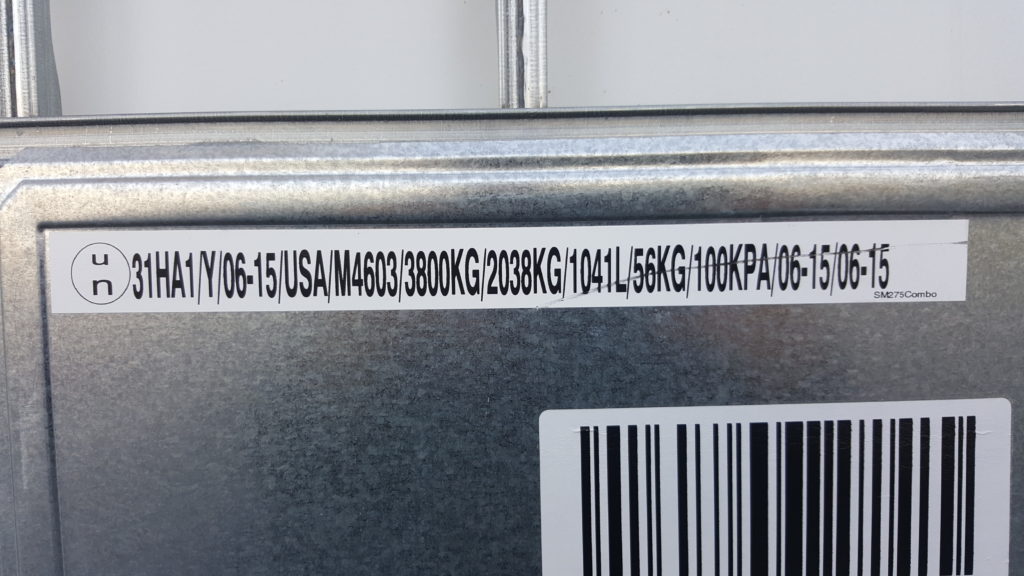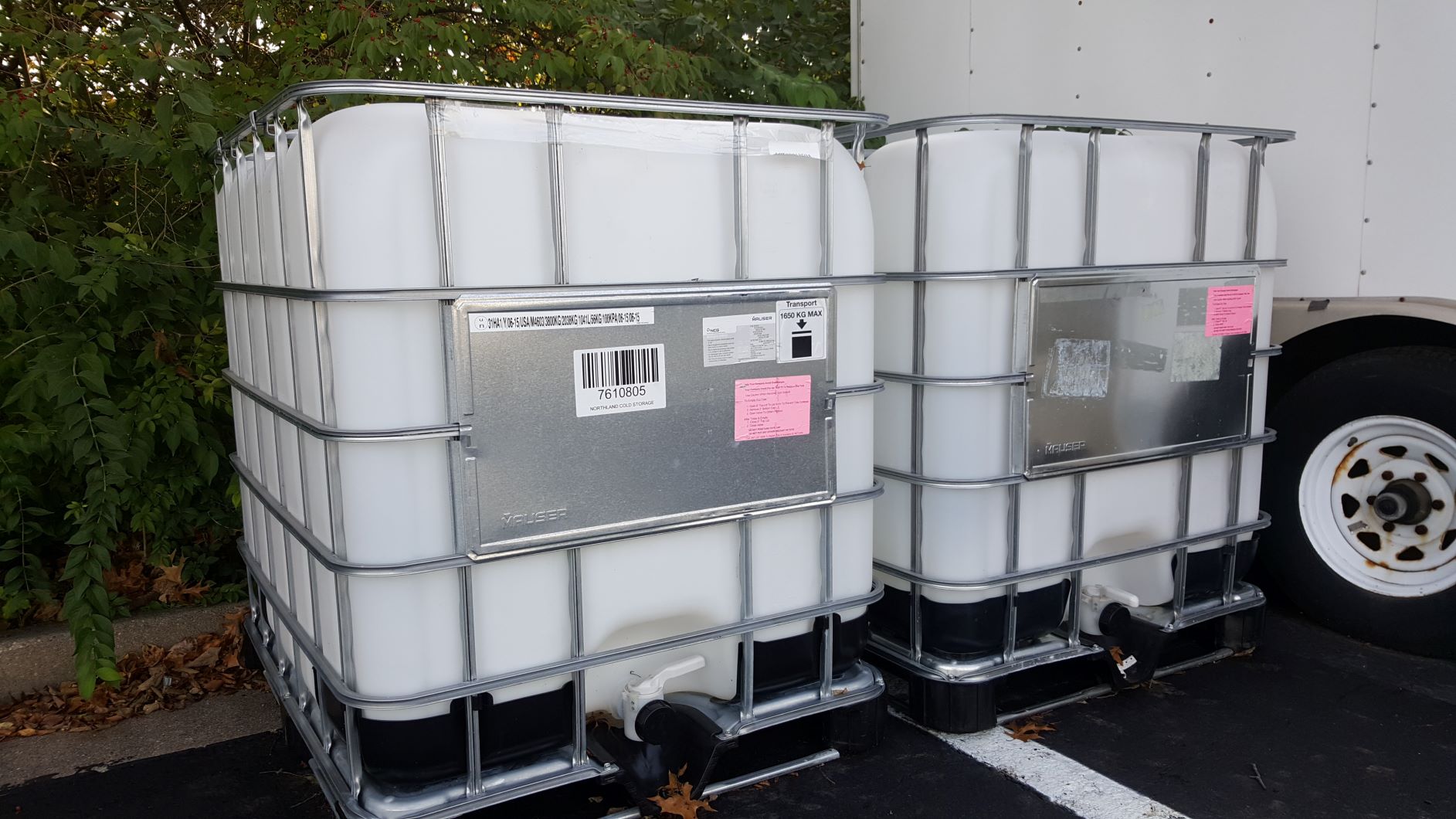An email I received 10.21.20:
Hello, Our company would like to know if the IBCs that are intended to be filled with non hazardous material need to be retested every 2.5 years. Does the DOT require this regardless of Hazardous / non hazardous material in the IBC?
Thank you,
My reply October 22, 2020:
Thank you for contacting me. Please see below.
- An IBC (intermediate bulk container) used for the transportation of a hazardous material (HazMat) must be designed, manufactured, tested, and marked to indicate it meets a packaging specification of the USDOT/PHMSA.
- The United Nations Performance Oriented Standard (aka: UN Standard) is one of several packaging specifications accepted for use within the U.S. by USDOT/PHMSA.
- An IBC that meets the UN Standard must display the UN Standard mark as specified at 49 CFR 178.703. This mark must be visible in transportation.

- In order to continue in service, IBCs must be retested and inspected as follows:
- Leakproofness testing every 2.5 years if it is designed to retain liquids.
- An external visual inspection every 2.5 years to ensure it continues to meet the requirements of the UN Standard.
- An internal inspection every 5 years to ensure it continues to meet the requirements of the UN Standard.
- UN Standard packaging is not required for non-HazMat.
However…
- If a UN Standard packaging is used for a non-HazMat, the packaging is subject to all of the requirements of the UN Standard including the retest and reinspection.
- Therefore, if you use a UN Standard packaging for the transportation of a non-HazMat the IBC must continue to be retested every 2.5 years – and more as indicated above – in order to retain its UN Standard. It is a violation to use a packaging marked to indicate it meets the UN Standard when it does not.
Solution:
- Use IBCs that do not display the UN Standard mark for transport of non-HazMat.
- If UN Standard mark is visible, then obliterate, remove, or securely cover prior to transport of non-HazMat.
I hope this helps. Please contact me with any other questions.
He required clarification:
So, as long as the UN marking is off the tote, it can be shipped?
Interested in a Webinar that covers this topic, and more! |
My confirmation:
Yup.
Conclusion:
Sometimes the USDOT/PHMSA Hazardous Materials Regulations can be tricky; sometimes they don’t make any sense. “Why does it matter if the material in transport is non-HazMat?” My HazMat Employee training can help you to make sense of it all.

